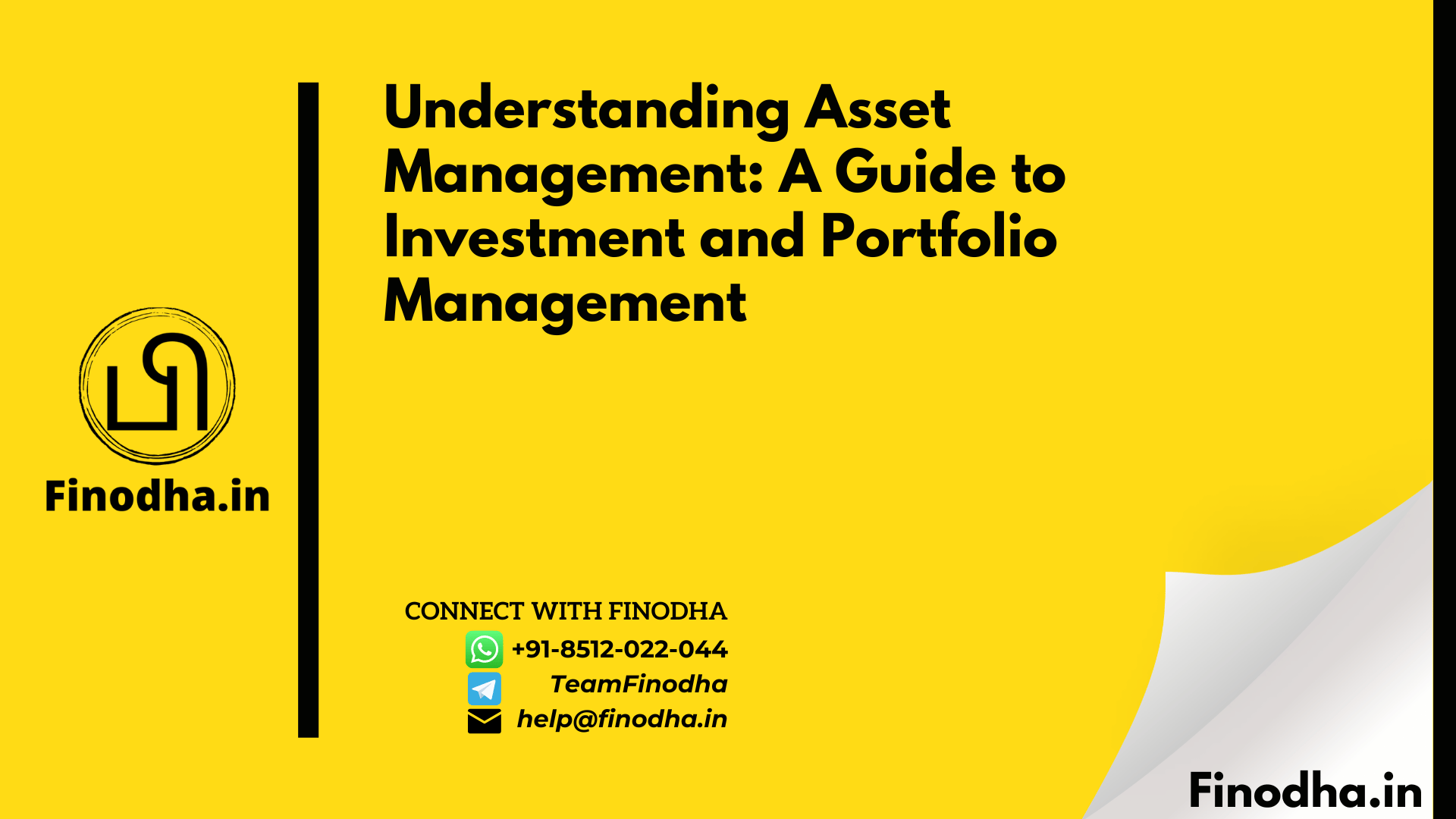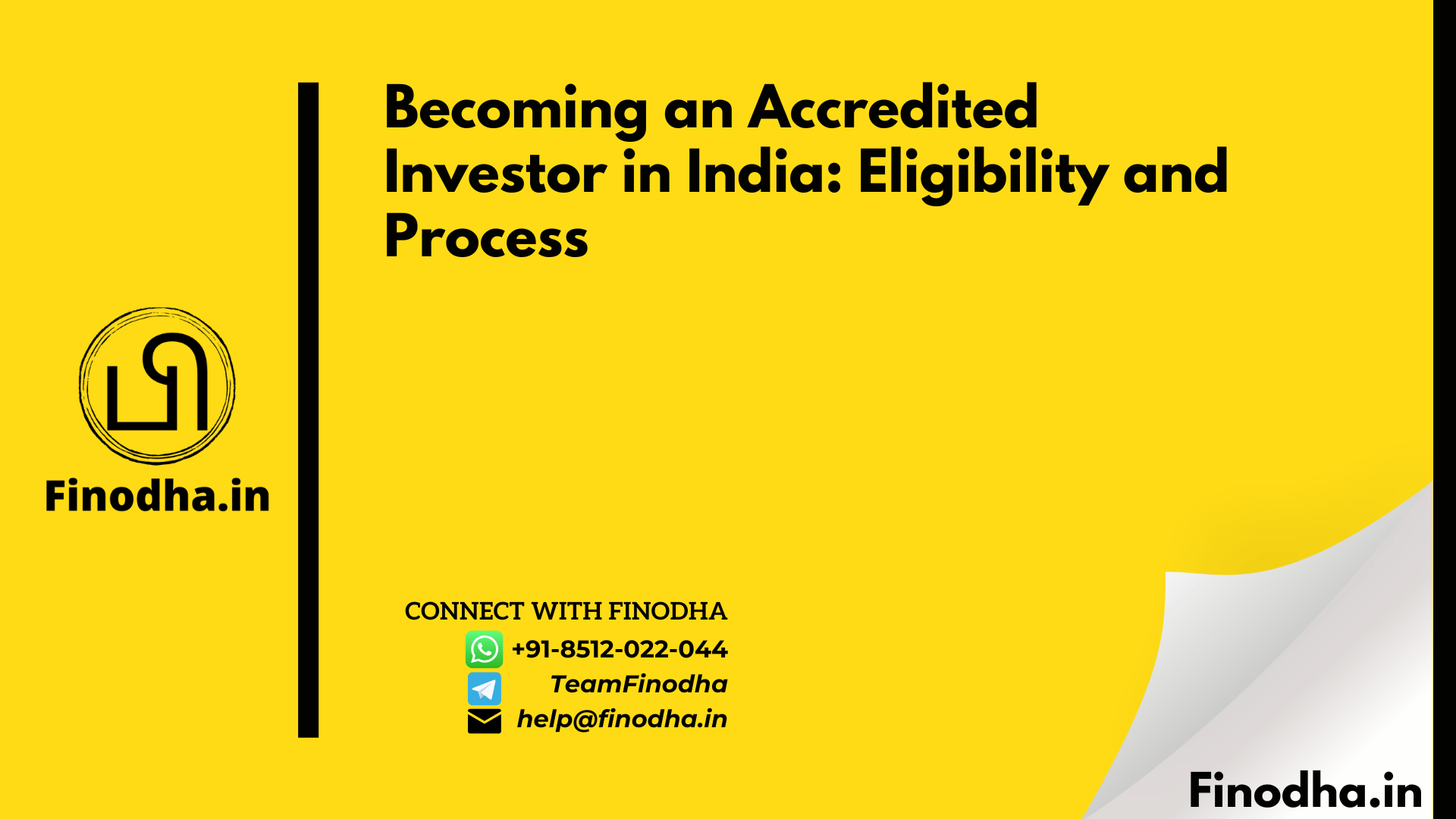Important Keyword: Education Loans, Student Loans, Repayment of Education Loans, Eligibility for educations Loans.
Table of Contents

Introduction to Education Loans
Education loans have become an essential tool for students in India seeking to finance their higher education aspirations. As the cost of quality education continues to rise, many students and their families find it increasingly difficult to meet the financial demands associated with college or university attendance. Education loans serve as a viable solution, allowing students to cover a wide range of expenses such as tuition fees, accommodation, and other necessary educational materials.
One of the most advantageous features of education loans is the deferment of repayment until after graduation. This allows students to focus on their studies without the immediate pressure of financial repayment. Upon completion of their program, borrowers are typically granted a grace period of six months, during which they can secure employment and begin earning an income before repaying their loans. This arrangement greatly alleviates the financial stress associated with pursuing higher education.
Understanding the nuances of education loans is crucial for prospective students and their families. The landscape of financing education is complex, characterized by varying interest rates, repayment terms, and eligibility requirements set by financial institutions. Students must be diligent in researching different loan options available, including government-backed schemes and private lenders, to ensure they make informed decisions that align with their financial capabilities and future career prospects. Additionally, comprehending the implications of taking on debt for education is essential, as it will influence their financial situation long after graduation.
In essence, education loans play a pivotal role in making higher education accessible for many students in India. As the demand for skilled professionals continues to grow, understanding these financial tools is paramount, ensuring that students can navigate their educational journey successfully without compromising their financial wellbeing.
Defining Education Loans
Education loans are financial instruments specifically designed to assist students in financing their higher education expenses. These loans cover a range of costs associated with pursuing academic degrees, including tuition fees, accommodation, books, and other basic necessities. In an era where the cost of quality education is continually on the rise, education loans have become an essential resource for students aiming to access learning opportunities that would otherwise be financially unattainable.
Generally, education loans are offered in two main categories: those provided by traditional banks and financial institutions and those offered by private lending companies. Banking institutions often provide education loans with relatively lower interest rates, influenced by government policies and regulations. On the other hand, private financial institutions may offer loans with more flexible terms but often come with higher interest rates as they operate on a different financial model. It is crucial for students to weigh these options carefully, as the choice can significantly impact their financial future.
Interest rates for education loans can vary based on several factors, including the lending institution, the type of loan, and the applicant’s creditworthiness. Typically, government-subsidized loans offer lower interest rates and more favorable repayment terms, making them a preferred choice for many students. These government initiatives aim to alleviate the financial burdens of education costs, thereby facilitating better access to quality education for deserving candidates.
Understanding the dynamics of education loans is pivotal for students to make informed decisions regarding their educational financing. By being aware of the terms, conditions, and benefits associated with both bank and private loans, students can navigate the complex landscape of educational financing effectively.
Eligibility Criteria for Education Loans in India
When considering an education loan in India, understanding the eligibility criteria is crucial for prospective borrowers. Different types of education loans have distinct age requirements that potential applicants must meet. For undergraduate loans, the general age limit is often established between 18 to 25 years. This age range ensures that the applicants are typically embarking on their higher education journeys after completing their schooling. In some cases, lenders may extend the eligibility period to accommodate students who have taken a gap year before pursuing higher education.
For postgraduate courses, the age limit varies slightly. Most financial institutions allow students up to the age of 30 to apply for education loans aimed at master’s programs. This flexibility acknowledges that many individuals may choose to work for a few years before seeking further academic advancement. As with undergraduate loans, factors such as discipline and the nature of the course may influence the exact eligibility criteria.
At the doctoral level, the age criterion is generally more lenient, with many lenders allowing applicants up to the age of 35. This consideration reflects the fact that Ph.D. aspirants often possess prior educational qualifications and professional experience. Education loans for post-doctoral studies may not strictly adhere to a specific age limit, focusing instead on the applicant’s academic credentials and the relevance of their proposed research work.
It is important for potential borrowers to thoroughly review the specific requirements set by various lenders, as these can differ significantly. Furthermore, while age is a critical eligibility factor, other aspects such as academic performance, the reputation of the institution, and the field of study also play pivotal roles in securing education loans in India. By understanding these criteria, borrowers can better prepare themselves for the loan application process.
Pros and Cons of Education Loans
Education loans have become an integral part of financing higher education in India. While they offer numerous advantages, it’s essential to also consider their drawbacks before making a decision. Below is a balanced view of the pros and cons associated with education loans.
Advantages of Education Loans
- Accessible Financing: Education loans provide students with the opportunity to access financing for their higher education, allowing them to pursue courses that may otherwise be unaffordable. This financial support can enable students to enroll in top institutions without immediate financial constraints.
- Flexible Repayment Options: Many lenders offer flexible repayment terms, allowing graduates to start repayments after securing employment. This feature can ease the financial burden, making it manageable to pay back the loan in installments.
- Building Credit History: Taking an education loan can help students establish a credit history, which is valuable for future financial endeavors, such as purchasing a home or car.
Disadvantages of Education Loans
- Debt Burden: Graduates often face a significant debt burden upon completing their education. Depending on the loan amount and interest rates, repayment can become overwhelming, affecting their financial stability in the initial years of employment.
- Job Market Dependency: The ability to repay education loans hinges heavily on the job market. If graduates are unable to secure employment promptly, they may struggle to manage their loan repayments, leading to additional stress and potential default.
- Interest Rates: Education loans can carry high-interest rates, which can accumulate and increase the total amount payable over time. It is critical for borrowers to understand these rates and factor them into their long-term financial planning.
Overall, while education loans offer a vital pathway to attain higher education, potential borrowers must weigh the benefits against the risks to make informed financial decisions.
Alternative Ways to Manage Education Costs
Financing higher education can pose a significant challenge for many students and their families. However, minimizing the financial burden associated with education loans is possible through effective strategies. One viable approach is seeking part-time employment. Engaging in jobs that accommodate students’ academic schedules can not only provide financial support but also enhance valuable skills and work experience. It is advisable for students to explore job opportunities on campus, as these roles often offer flexible hours.
Another beneficial strategy is enrolling in work-study programs. These programs typically allow students to work part-time, thus reducing the reliance on education loans. Many universities offer work-study options, which can be an excellent way to earn money while pursuing a degree. Such programs often provide jobs related to the student’s field of study, further enriching their educational experience. Students should consult their university’s financial aid office to understand available work-study opportunities.
In addition to seeking employment, applying for scholarships can significantly alleviate the financial burden associated with education expenses. Numerous organizations, including government bodies, private corporations, and educational institutions, offer scholarships based on merit, need, or specific criteria such as community service. Students are encouraged to research and apply for scholarships early, as many have deadlines that precede college admission. Maintaining an organized list of potential scholarships and their requirements can streamline the application process.
Furthermore, engaging in community service or extracurricular activities can enhance students’ scholarship applications. Demonstrating leadership, commitment, and a passion for community can make a compelling case to scholarship committees. In conclusion, by exploring part-time employment, work-study programs, and actively applying for scholarships, students and families can effectively manage education costs and minimize the size of education loans. This proactive approach not only aids in financial management but also enriches the overall educational experience.
Domestic vs. International Education Loans
When considering financing options for higher education, it is essential to understand the differences between domestic and international education loans. Domestic education loans are tailored for students pursuing their studies within India. They typically feature lower interest rates, streamlined approval processes, and eligibility criteria that cater specifically to Indian institutions. Banks and financial institutions provide these loans, often requiring collateral from the borrower, such as property or fixed deposits, to secure the funds.
In contrast, international education loans are designed for students who wish to study abroad. The approval process for these loans may differ significantly due to various factors, including the choice of institution, country, and duration of the course. Lenders generally require a more extensive documentation process that includes proof of admission to a foreign institution, cost of living estimates, and other related expenses. Additionally, these loans tend to come with higher interest rates and may have stringent repayment conditions.
The location of the educational institution plays a crucial role in the loan approval process. For domestic loans, institutions recognized by the Ministry of Education or affiliated with Indian universities have a straightforward acceptance, making loan disbursement smoother. On the other hand, while numerous international colleges are eligible for loans, lenders may have specific lists of approved institutions. Prospective students must conduct thorough research to identify institutions that meet lender criteria, which can vary widely based on the country. Understanding these parameters can greatly influence the financial planning needed for pursuing higher education abroad.
In summary, the choice between domestic and international education loans involves carefully evaluating the specific requirements and implications of each type. By understanding the differing approval processes and criteria, students can make informed decisions that align with their educational ambitions.
Frequently Asked Questions About Education Loans
Education loans in India can be a critical financial resource for students pursuing higher education. As with any financial obligation, prospective borrowers often have numerous questions regarding the terms and conditions associated with these loans. Here, we address some of the most common inquiries to provide a clearer understanding.
One prevalent concern among students and parents is the repayment options available for education loans. Typically, borrowers have the choice between fixed and floating interest rates. Fixed rates provide certainty in repayments, while floating rates may offer lower initial costs but can fluctuate according to market conditions. Additionally, most lenders in India offer a grace period after course completion, allowing graduates to find employment before they begin repayments. It is essential to carefully review these options and understand the implications of each before making a decision.
Interest rates can also be a source of confusion, as they often vary widely among financial institutions. Several factors, including the borrower’s credit history, the nature of the course, and the loan amount, play a role in determining the applicable interest rate. It is advisable to compare the offerings from different banks and non-banking financial companies (NBFCs) to secure the best rate possible.
Another critical aspect that potential borrowers often overlook is the impact of loan default. Failing to repay an education loan can have serious repercussions, including damage to credit history, difficulties in obtaining future loans, and potential legal actions. It is crucial for borrowers to have a repayment strategy in place and to communicate proactively with lenders in case of financial difficulties.
Real-Life Example of Education Financing in India
Meet Priya, a determined student from a small town in Maharashtra, who aspired to pursue a Master’s degree in Computer Science at a prestigious university in Bangalore. Coming from a modest background, Priya’s family faced financial constraints that made pursuing higher education challenging. To fulfill her dreams, Priya decided to approach the education loan route, a common solution for many Indian students seeking financial aid for higher studies.
The first step in her journey involved researching various banks and financial institutions offering education loans. With a clear understanding of her requirement—an approximate amount of INR 10 lakhs for tuition, living expenses, and study materials—Priya carefully compared the interest rates, repayment periods, and the eligibility criteria outlined by different lenders. She eventually settled on a national bank known for offering competitive rates and favorable terms for education loans.
Pleased with her choice, Priya prepared the necessary documentation, which included her academic records, admission letter from the university, identity proof, and income verification of her parents. Upon submission of her application, the bank conducted a thorough review, including assessing her family’s financial situation. After a few weeks, Priya received the news of approval, with a sanctioned loan amount accompanied by a competitive interest rate and a repayment period of ten years.
The disbursement process was streamlined, with the bank transferring funds directly to the university—an aspect that reduced Priya’s stress. As Priya embarked on her academic journey, she remained mindful of her loan repayment obligations, choosing to balance her studies with a part-time job. Upon completing her degree, she entered the job market and successfully secured a position, eventually leading her towards fulfilling her loan repayment commitments while paving the way for her career growth.
This narrative highlights the vital steps in securing an education loan and demonstrates how determination, research, and planning can significantly facilitate the process of financing higher education in India.
Conclusion: Key Takeaways and Final Thoughts
As we conclude this comprehensive guide on navigating education loans in India, it is important to reiterate the significant insights gained throughout our discussion. Education financing is a critical aspect of pursuing higher education, and understanding the various loan options available can greatly influence a student’s academic journey. The landscape of education loans in India is diverse, offering a range of modes to finance one’s education, from government schemes to private lender solutions.
One of the key takeaways from this guide is the necessity of thorough research. Prospective borrowers must familiarize themselves with different types of education loans, including collateral and non-collateral options, as well as the terms and conditions associated with each. This knowledge can empower students and their families to make informed decisions that best suit their financial situations and educational goals.
Moreover, preparing a well-structured loan application can enhance the chances of approval and favorable terms. Attention to detail and providing required documentation, such as income statements and collateral proof, are essential steps in the process. Alongside these preparations, borrowers should also be aware of repayment options and the importance of maintaining a good credit score to safeguard their financial future.
Lastly, it is prudent to consult financial advisors or institutions before finalizing any loan agreement. Professional guidance can provide clarity and help decipher the complex language that often accompanies education loan agreements. Taking these steps can lead to better decisions that alleviate financial stress in the long term.
In summary, being well-informed and strategically planning ahead are crucial when considering education loans in India. The goal should always be to secure financing that not only supports educational aspirations but also aligns with one’s financial capabilities.
Download Pdf: https://taxinformation.cbic.gov.in/





0 Comments